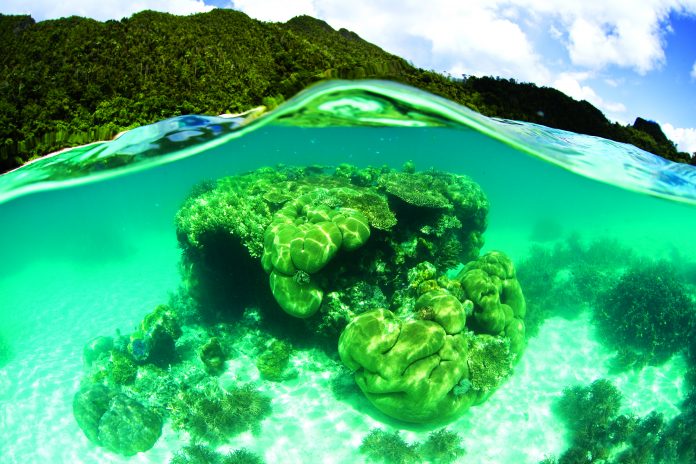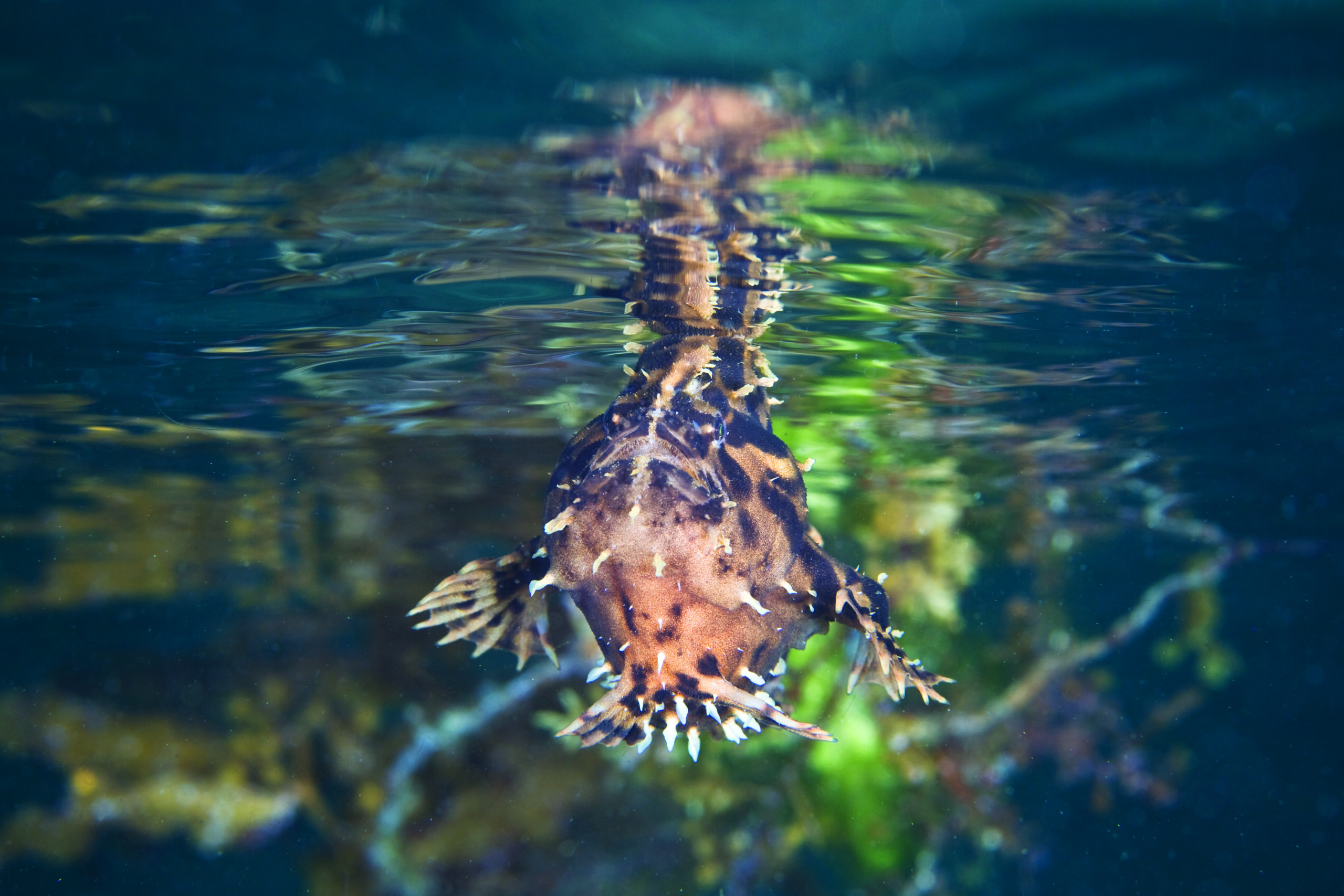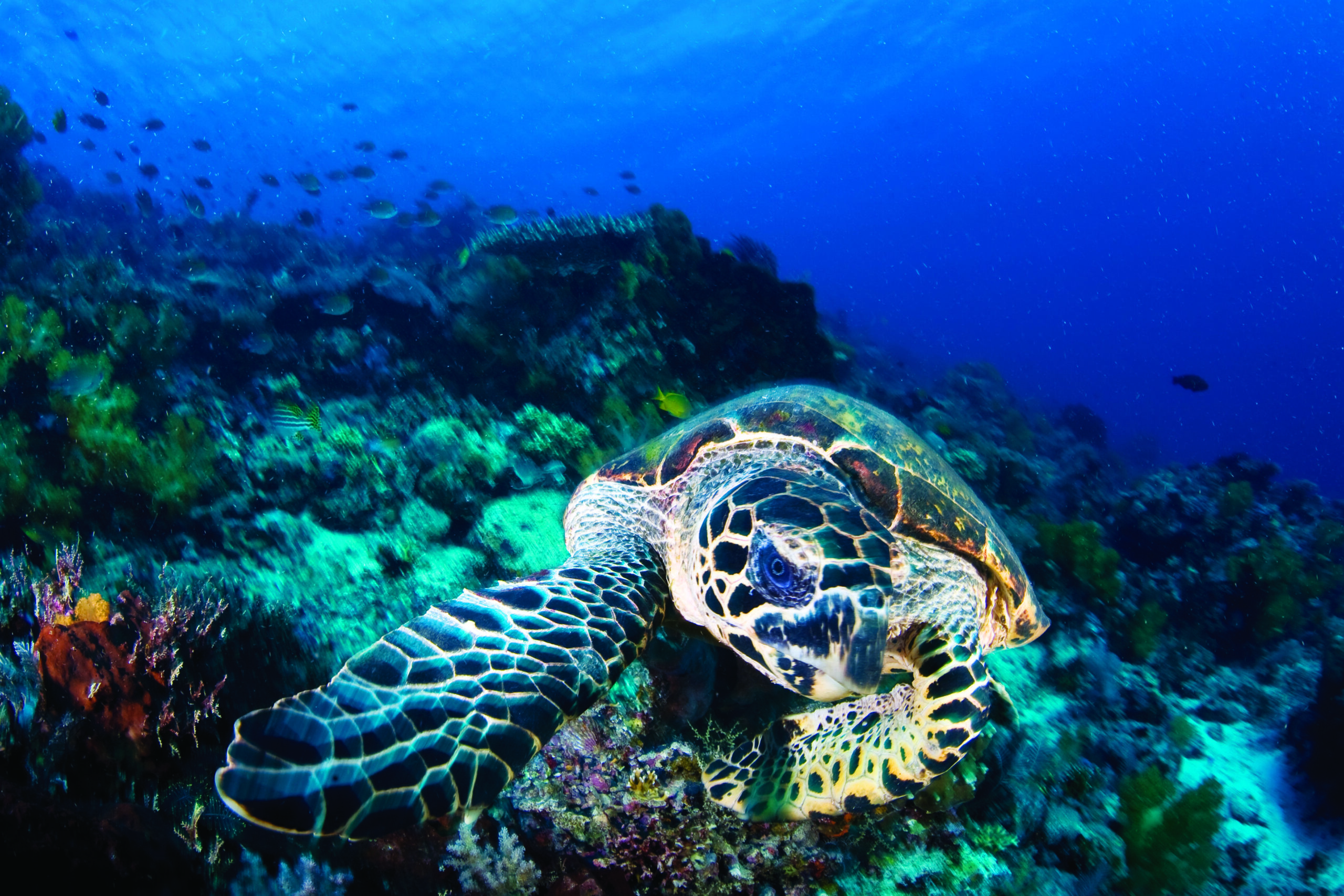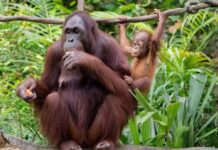
Text & Photos by Ethan Daniels
Nowhere else on planet earth can such a wealth of marine diversity be found. From the tiniest of seahorses to the behemoth of fishes, the Coral Triangle houses an astronomical amount of sea life.
Across the planet, life exists in patches and localised fragments where just the right conditions have favoured clusters of particularly well-adapted species. Though it is difficult to find any locale on earth completely devoid of life, diversity tends to aggregate. One of these patches where life abounds is the Coral Triangle, an area of the western Pacific with the highest shallow water marine diversity on earth. Marine communities within this region have stretched the confines of complexity.

The boundaries of the Coral Triangle are based on biodiversity patterns of corals and reef associated organisms, particularly fish and other invertebrates. The region runs southwest from the Philippines down through Malaysia and Indonesia, east through East Timor (Timor-Leste) and the Lesser Sunda Islands, circles Papua New Guinea and includes some of the Solomon Islands. Split by the equator, the Coral Triangle covers approximately 1.6 million acres but is rather amorphous around its edges, difficult to pin down the exact coordinates due to the surprisingly spotty knowledge of where diversity lies. Just as many ecosystems are difficult to describe with words, so is the Coral Triangle, which must truly be experienced in order to be fully appreciated.

However vast the region may seem, its widely assorted flora and fauna is what is most impressive. Eons upon eons ago, life first drifted amongst these islands, settling, living, dying and evolving, yielding an eternally varied stream of organisms that has run a course through geologic time to occupy assorted habitats. This is where life has reached a pinnacle of manifestation. According to current estimates, the Coral Triangle harbours 76 percent of the world’s reef-building coral species and 37 percent of coral reef fish. Undoubtedly, the area is of enormous biological and evolutionary significance in terms of earth’s ecological affluence. With this amount of diversity and variability there is little that can prepare anyone for their initial contact with the indescribable reefs, mangroves, seagrass beds and other habitats.
For the rest of this article (Asian Geographic No.78 Issue 1/2011 ) and other stories, check out our past issues here or download a digital copy here










